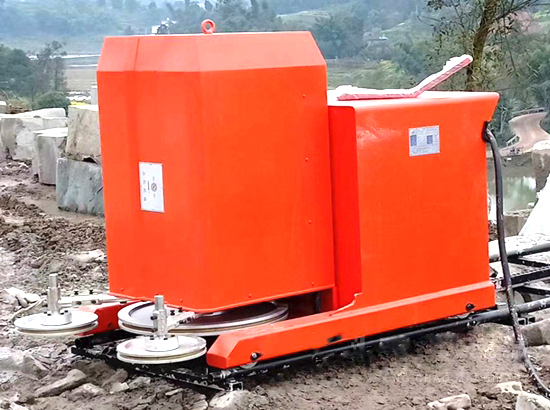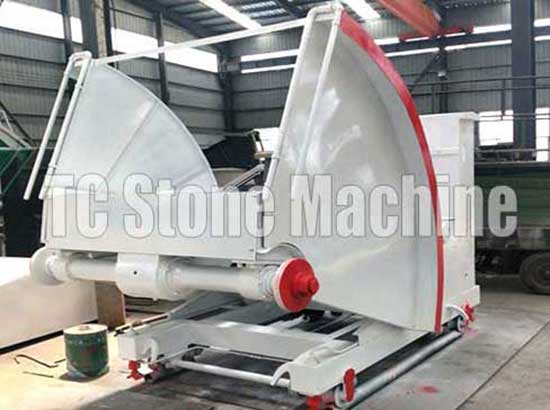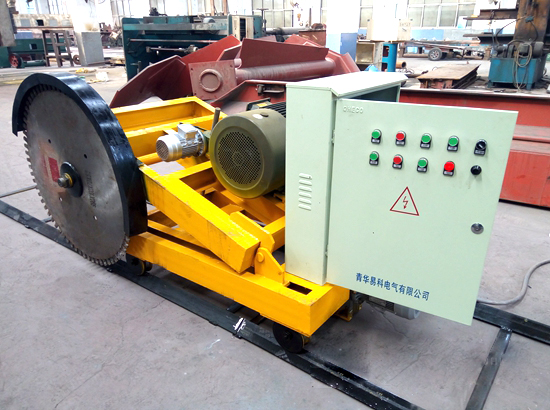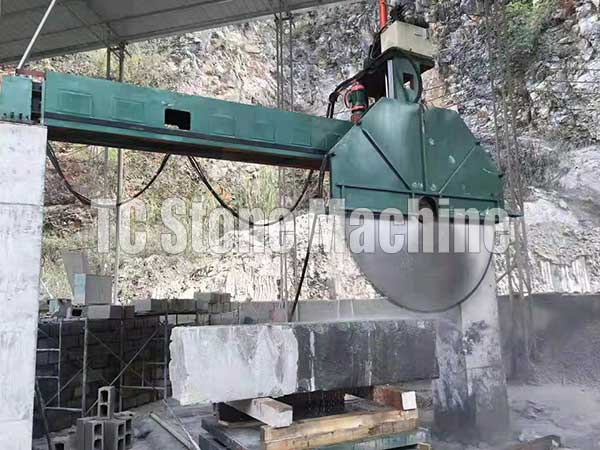Ultrasonic Stone Cutting
Ultrasonic Stone Cutting: An Innovative Technology for the Stone Industry
The stone industry has always been one of the most important industries in the world. Stones have played a pivotal role in the construction of buildings, monuments, and various other structures. Therefore, it is essential to develop innovative technologies that can improve the efficiency and accuracy of stone cutting. The ultrasonic cutting technology is one such development that is gaining popularity in the stone industry. In this article, we will discuss ultrasonic stone cutting in detail.What is Ultrasonic Stone Cutting?
Ultrasonic cutting is a technology that uses high-frequency vibrations to cut various materials, including stones, ceramics, and metals. The vibrations are produced by a transducer that converts electrical energy into mechanical energy. The ultrasonic waves produced by the transducer cause the cutting tool to vibrate at a high frequency, creating a shearing effect that cuts through the material.The Advantages of Ultrasonic Stone Cutting
Ultrasonic stone cutting offers several advantages that make it a preferred technology in the industry. Some of these advantages are:
Precision
One of the biggest advantages of ultrasonic stone cutting is its precision. The technology allows for accurate cutting of intricate and delicate designs. The high-frequency vibrations produce a clean and sharp cut, ensuring that there is no damage to the stone.Efficiency
Ultrasonic cutting is an efficient technology that can save time and increase productivity. The cutting process is faster than traditional cutting methods, and there is no need for preheating or cooling of the material.No Heat Damage
Another advantage of ultrasonic stone cutting is that the process does not produce heat. This prevents heat damage to the stone, which is a common problem with traditional cutting methods that use heat.Reduced Waste
Ultrasonic cutting produces minimal waste, which is a significant advantage in the stone industry. The technology is precise, and there is no need for any additional finishing, which reduces the amount of waste produced during the cutting process.The Applications of Ultrasonic Stone Cutting
Ultrasonic stone cutting has several applications in the stone industry. Some of the most common applications are:Monuments and Memorials
The technology is used to create intricate designs on monuments and memorials. The precision of ultrasonic cutting makes it possible to create complex designs that are difficult or impossible to achieve with traditional cutting methods.Countertops and Tiles
Ultrasonic cutting is also used in the production of countertops and tiles. The technology allows for accurate sizing and shaping of the stone, ensuring a perfect fit.Jewelry Making
Ultrasonic cutting is also used in the production of jewelry. The process is precise, allowing for the creation of intricate designs in gemstones and other precious stones.
The Future of Ultrasonic Stone Cutting
Ultrasonic cutting is a technology that is continuously evolving. Researchers and engineers are constantly experimenting with new ideas and techniques to improve the efficiency and accuracy of the technology. In the future, we can expect to see even more advanced ultrasonic cutting systems that are faster, more precise, and more versatile.Conclusion
Ultrasonic stone cutting is an innovative technology that is changing the stone industry. The technology offers several advantages over traditional cutting methods, including precision, efficiency, and reduced waste. With its numerous applications in the industry, ultrasonic cutting is a technology that is here to stay.Request for Quotation
[contact-form-7 id="59" title="Contact form 1"]




